Georgia Black History Highlights
Each year during February, we celebrate Black History Month. Those 30 days share highlights of African American firsts and exemplary historical events. We learn about the little known facts about people who are not very well known but have made significant differences. The main focus often remains the highlights of those who are well-known, and rightfully recognized.
I grew up learning about the accomplishments of famous Black Georgians here in my home state. I always felt a sense of pride in learning about their achievements and the difference they made for Blacks and our community, and what they gave to the world.
These days, I’ve been more and more interested in sharing Black stories, which influenced change and progress not only in my state, but around the world. I honor those who fought for equality or shared my culture through the arts, and made education the forefront of our community. Come along with me for a journey through some of Georgia’s most famous and little known facts about extraordinary people.
Lucy Craft Laney
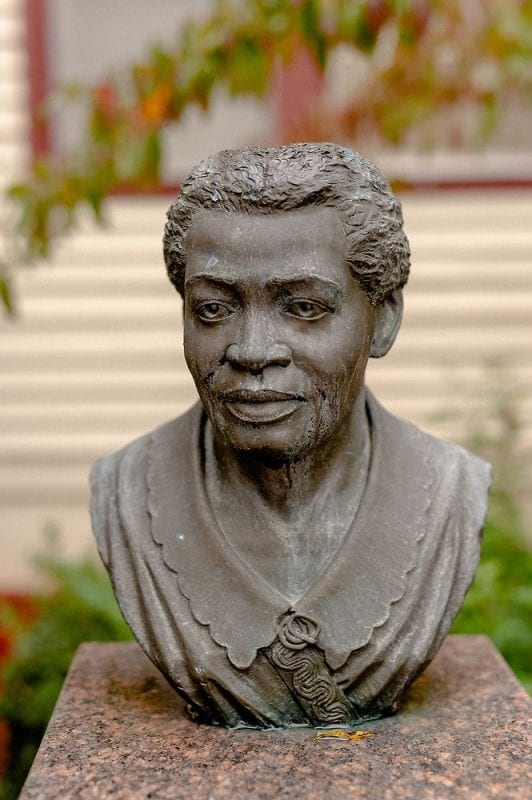
Photo credit: Lucy Craft Laney Museum
Most people may know little about her, yet the difference Lucy Craft Laney made in the lives of many, makes her first on my list. She was born in 1854 to two freed slaves. When she was growing up, many people viewed her and her family as far less than equal. It was still illegal for people of color to read, and for the first 11 years of her life, slavery was legal. Laney was thirsty for knowledge at a young age and undeterred by the laws and societal views of the time.
Her desire for learning and education took her to Atlanta University, exceeding all expectations; at the age of 15, she studied to become a teacher. She later went on to teach in Macon, Milledgeville, and Savannah. The impact she made on the communities inspired both students and teachers. Eventually, she settled in Augusta, where she fulfilled her lifelong dream of opening a school with the Haines Normal and Industrial Institute, where she served as principal for 50 years. She also inaugurated the first kindergarten and created the first nursing training programs for African American women in Augusta.
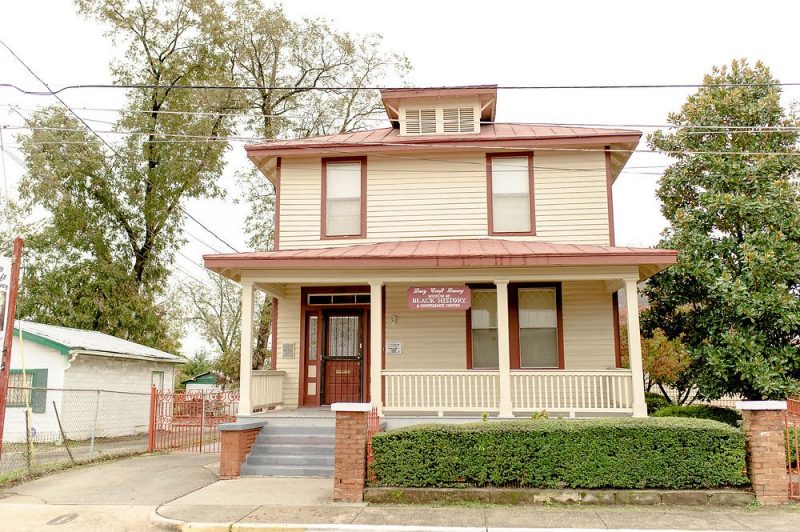
Photo credit: LucyCraft Laney Museum
To learn more about the work of Lucy Craft Laney, visit the only African-American Museum in Augusta’s River Region. The museum, which opened in 1991, was the former home of Miss Lucy Craft Laney.
The Lucy Craft Laney Museum of Black History. is tucked away on a quiet side street off of Laney Walker Boulevard, and across the street from Lucy Craft Laney High School, the museum is a trove of knowledge, historical lessons, and community offerings, carrying on the storied legacy of Ms. Laney for this generation and beyond.
James Brown, The Godfather of Soul
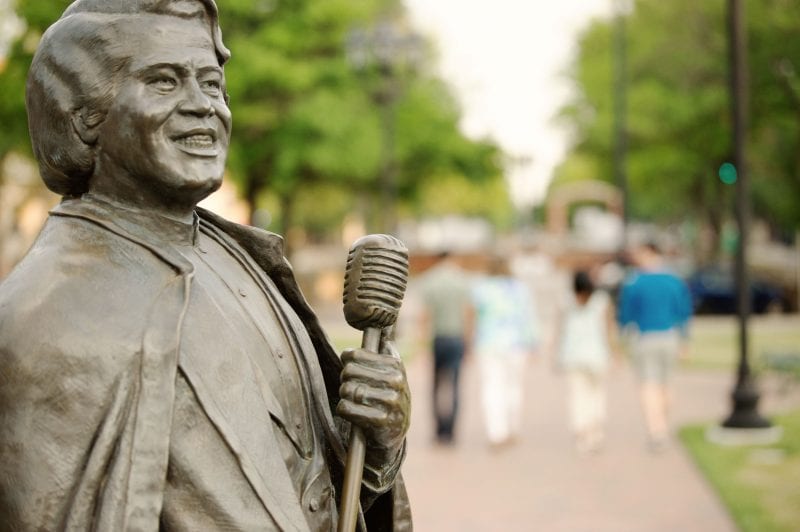
Photo credit: AugustaConvention and Visitors Bureau
There is one Georgian known around the world as The Godfather of Soul – James Brown. His music is renowned and celebrated by people of all ages, genders, cultures, and races. We all have a favorite James Brown song, one which identifies a particular time in our lives. It’s our mantra for an experience that connects us to a time in our lives when we wanted or needed the message in his songs.
His legacy is one of bold music with electric moves and style that shouts “Soul”, he also left his impression on the place he called his beloved hometown of Augusta, GA, which continues to celebrate their native son.
James Brown grew up in Augusta during the Great Depression and World War II. He overcame poverty and segregation to become an international music icon, and a mentor within the music industry for many to follow and continue to exemplify today. Throughout his life, James Brown extended his voice past The Godfather of Soul to one of activists for many civic, educational, and philanthropic contributions providing hope and opportunity to those in need. On a personal note, James Brown came to my school, Spelman College in the late 70’s to support a sit-in where student voiced their demands for various college changes.
Come to his beloved hometown for a walk down memory lane in The Augusta Museum of History. At the museum, you will see the first and most comprehensive major exhibition dedicated to The Godfather of Soul. The museum has two strong advocates that keep his legacy on the forefront; director Nancy Glaser and Mr. Brown’s daughter, Deanna Brown Thomas, work together to tell the story of The Man, The Music, and The Legacy through an interactive, visual and musically driven exhibit.
Want to know what you’ll see –
- All photos credit: Augusta Museum of History
- An array of costumes and personal artifacts worn by Brown from the 1960s and on
- A King of Soul crown worn by Brown in the 1950s
- Family photos with candid images of Brown and his children, on tour, home, and philanthropic activities
- Programs from the three James Brown Memorial Services held in New York, Augusta, and South Carolina
- Audio-visual stations featuring concert performance footage highlighted tracks and studio recordings
- Excerpts of interviews with individuals who owe influence to Brown.
There are plans to expand the very popular exhibit. Stay up to date by visiting their website to see and learn more:
http://www.augustamuseum.org/JamesBrown
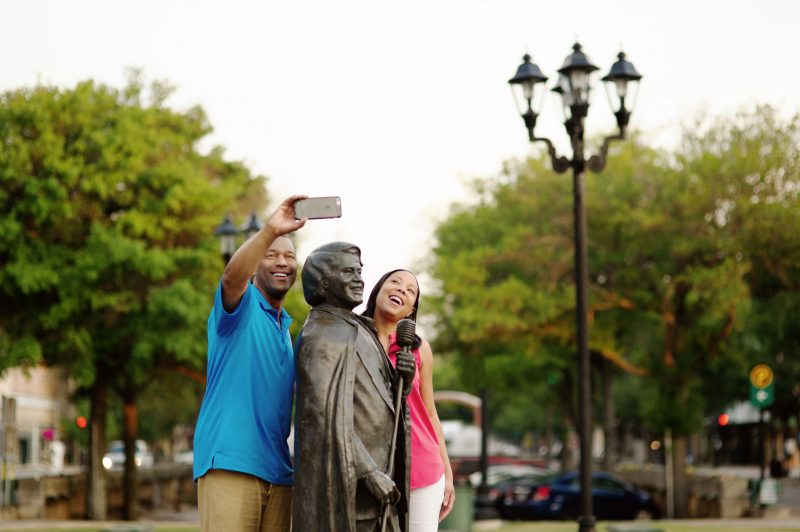 Take a photo with The Godfather of Soul and have an “Instagramable” moment. Visit the James Brown Statue located on Broad Street, between James Brown Blvd. and 8th street in downtown Augusta. Mr. Brown’s life-size bronze statue in downtown Augusta contains the world’s only James Brown CAM, which will take your photo and send it to your cell phone within minutes.
Take a photo with The Godfather of Soul and have an “Instagramable” moment. Visit the James Brown Statue located on Broad Street, between James Brown Blvd. and 8th street in downtown Augusta. Mr. Brown’s life-size bronze statue in downtown Augusta contains the world’s only James Brown CAM, which will take your photo and send it to your cell phone within minutes.
Dr. Martin Luther King, Jr.
 There is no list of great African-Americans from Georgia that will not include Dr. King. His influence extended from his home state of Georgia to around the world. His speeches and his ability to connect people and causes are the most significant part of his legacy for so many. He could motivate and inspire people like none other and today rallies, protest and marches are influenced by his mission for justice and freedom.
There is no list of great African-Americans from Georgia that will not include Dr. King. His influence extended from his home state of Georgia to around the world. His speeches and his ability to connect people and causes are the most significant part of his legacy for so many. He could motivate and inspire people like none other and today rallies, protest and marches are influenced by his mission for justice and freedom.
Martin Luther King, Jr. was born Michael Luther King on January 15, 1929, and later changed his name to Martin. He was born into a family with longstanding pastors of the Ebenezer Baptist Church in Atlanta, GA. Dr. King knew and experienced segregation. He attended segregated public schools throughout his educational career and graduated at the age of fifteen, going on to attend Morehouse College and received a B. A. degree in 1948. He went on to earn a B.D. from the Theological Seminary, and a doctorate from Boston University. He met and married Coretta Scott, and two sons and two daughters were born into the family.
Dr. King is most known for his work in the movement for civil rights and equality. From boycotts to nonviolent demonstrations, he was always a forceful worker for civil rights. His speeches and marches encouraged all races to look beyond the color of one’s skin. In early December 1955, he led the first great Negro nonviolent demonstration of contemporary times in the United States, the Montgomery bus boycott that lasted 382 days. Through personal abuse, attacks on his home, and arrest, he pressed on for equal rights. On December 21, 1956, the Supreme Court of the United States declared the laws requiring segregation on buses unconstitutional. Afterward, Negroes and whites rode the buses as equals.
His “Letter from a Birmingham Jail,” became a manifesto of the Negro revolution. He went on to plan voter registration drives in Alabama and his infamous March on Washington, DC, had 250,000 people witnessed him deliver the iconic “I Have a Dream” speech. Dr. King received the Nobel Peace Prize at the age of thirty-five. Amazingly, he donated his prize money of $54,123 to the advancement of the civil rights movement.
The date of April 4, 1968, will always be remembered as a day of extreme loss. After leading a protest march for striking garbage workers in Memphis, Tennessee, Dr. King, along with other civil rights workers, was standing on the balcony of the Lorraine Motel and just after 6 pm James Earl Ray assassinated Dr. King.
Visitors from around the world come to Atlanta to visit the King Center and Ebenezer Church.
Otis Redding

Photo credit – Otis Redding website
There are so many songs which bring soul to music, and the artist of those songs was born in Dawson, Ga., and named Otis Redding, Jr. Many call him the King of Soul for his contribution to soul music. When he was two years old, his family moved to Macon, Georgia, the home of many outstanding music firsts. At an early age, he began his career as a singer and musician in the Vineville Baptist Church’s choir. It was no surprise that he joined the group Johnny Jenkins and the Pinetoppers in 1958. He didn’t miss any opportunities to sing at the “Teenage Party” talent shows sponsored by local celebrity disc jockey King Bee, Hamp Swain, initially at the Roxy Theater and later at the Douglass Theatre in Macon.
Otis made his way to Memphis, Tennessee, where he met Stax co-owner Jim Stewart who was very impressed with him, allowing him to cut a couple of songs in the studio. From that session came the well-known song “These Arms Of Mine,” released in 1962. He went on to record many hit singles including, “I’ve Been Loving You Too Long,” “Respect” and “Try A Little Tenderness.” Redding performed around the world and achieved great success, winning many honors and awards for his music. He wrote the iconic song “Sitting On The Dock Of The Bay” while visiting Sausalito to perform at the San Francisco’s Basin Street West. This song was the last one recorded by the music icon. In December 1967, his plane crashed, ending the life of this talented man and Georgia’s iconic musician.
If you’re visiting Macon, GA takes a moment to snap a photo in front of the Otis Redding statue in the Gateway Park. To learn more about the man, his music, accomplishments, and family, visit the website: www.otisredding.com
Jessye Norman

Photo credit: Jessye Norman School
The acclaimed opera singer and recitalist received many prestigious honors throughout her career. Born into a musician family in Augusta, GA, on September 15, 1945, she would become a celebrated artist. She performed dramatic soprano roles and would not allow herself to be limited to a particular voice type. Her performances took her all around the world with roles in concerts, operas, and recital stages. Her voice was described as a “grand mansion of sound”, by New York Times music critic Edward Rothstein.
For her musical training she went to Howard University, the Peabody Institute, and the University of Michigan. Her career began in Europe, and she continued to perform in Munich, Berlin, and Milan, where she performed in Verdi’s Aida at the La Small theatre. In the U.S.A., she began her career at the Opera Company of Philadelphia in Stravinsky’s Oedipus Rex. Jessye was a Grammy Award winner several times over, and she also received the Grammy Lifetime Achievement Award. Through her honorary appointments, awards, and medals, she dedicated her time and knowledge to ensuring music was apart of everyone’s life and not just those who could afford to attend opera theaters. The Jessye Norman School of the Arts was formed in 2003 t0 provide tuition-free performing arts after-school program for economically disadvantaged students in Augusta, Ga.
For more information about the phenomenal woman and her career, visit the website www.jessyenormanschool.org/jessye-norman
African Americans and Museums
Museums are an excellent source for learning more about the accomplishments of African – Americans throughout the year. Exhibits featuring the work and careers of many visionaries create an open opportunity to learn about people who have made an enormous difference in our communities and around the world.
The Tubman Museum, Macon Georgia
The 49,000 square foot museum celebrates the art and culture of the Black experience. The museum states, “It all started in 1981 when Father Richard Keil made a down payment on a dilapidated former warehouse in downtown Macon. Named for Harriet Tubman, the “Black Moses” who led hundreds of slaves to freedom, the Tubman Museum has grown to become the largest institution of its type and a vital educational and cultural resource for the entire southeast region.”
For more information and to visit the museum, visit their website – www.tubmanmuseum.com/
Jack Hadley Black History Museum
Thomasville Georgia
His name is James “Jack” Hadley, and he was born in Thomasville, GA, in 1936 on Pebble Hill Plantation in Thomas County. He is a collector and curator of Black History Memorabilia, tracing the Black American experience from proslavery to the present. There are over 4600 artifacts at the museum, including everything from pictures, paintings, posters, books, magazines, and news clippings.
To visit the museum and learn more about Jack Hadley, visit their website: www.jackhadleyblackhistorymuseum.com
Pin PointHeritage Museum
There is an increasing interest in Gullah and Geechee cultural traditions of the people who live in the South East U.S coastal areas. From the southern region of North Carolina down to Floria, the heritage Gullah – Geechee corridor is a must for learning more about the descendants who live today on their ancestral land. The Pin Point Heritage Museum, located outside of Savannah, GA.
Located in the former A.S. Varn & Son Oyster and Crab Factory, the museum location shares a big part of this coastal area’s culture of fishing, shrimping, crabbing, and collecting oysters. How fitting to have the museum be in a spot that represents the Geechee – Gullah communities’ traditions.
Did you know that Justice Clarence Thomas is from the area? He was born on June 23, 1948, in Pin Point, Georgia. He is the descendant of slaves who worked on the Josiah Wilson plantation in the area. He grew up speaking Gullah, and as he moved through his educational-career, he realized the need to polish his language to be more successful. Thomas entered Yale Law School and received a Juris Doctor degree in 1974. He became one of two Supreme Court Justices of the United States and continues to serve today.
When you’re in Savanah, go for a visit and learn much more about www.chsgeorgia.org/PHM/
DeKalb History Center
Exhibitions Highlighting the African American Experience in Flat Rock – Dekalb Georgia

Photo Credit: Dekalb History Center
Visit what is believed to be one of the oldest African American communities in Georgia – Flat Rock. It was founded by individuals who wanted to ensure African Americans’ safety and success following the aftermath of the Civil War. Through the years, the community of Flat Rock has thrived in part because of the immense communal bond of its citizens and the selflessness of its leaders. Theodore A. Bryant, Sr., ensured the development of Flat Rock by purchasing nearby land and distributing it to families in the area. To learn more about the community of Flat Rock and the people who called it home, visit the Exhibit, which is open until Feb. 2021. The exhibition explores Flat Rock, the people, their community, and their life experiences.
Visit their website – www.dekalbhistory.org/exhibits/flat-rock-exhibit
No need to wait until February to learn more about the extraordinary and phenomenal Georgians who have set examples paved the way, fought for justice, and captured our traditions and culture. We celebrate them year-round!
Author –
Annita Thomas
On-Air Personality
Georgia native and lover of all things southern

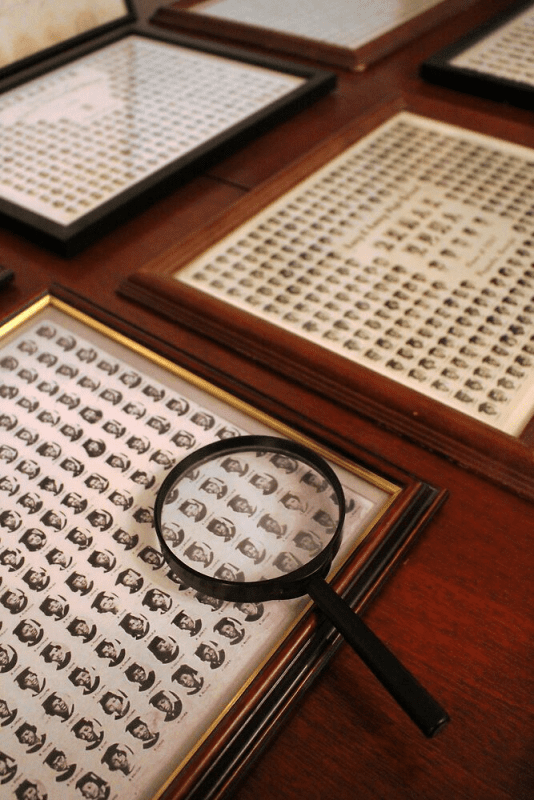
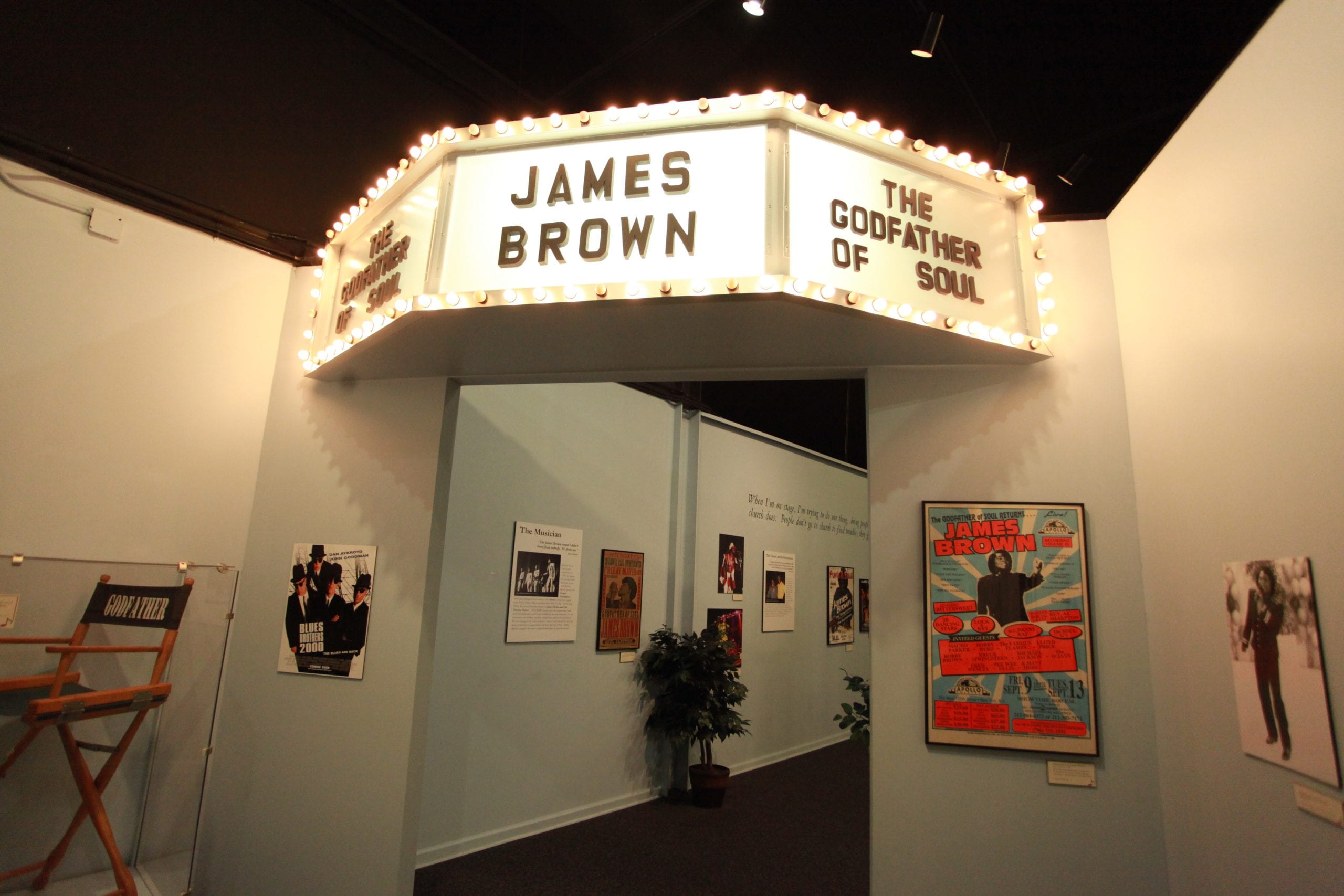
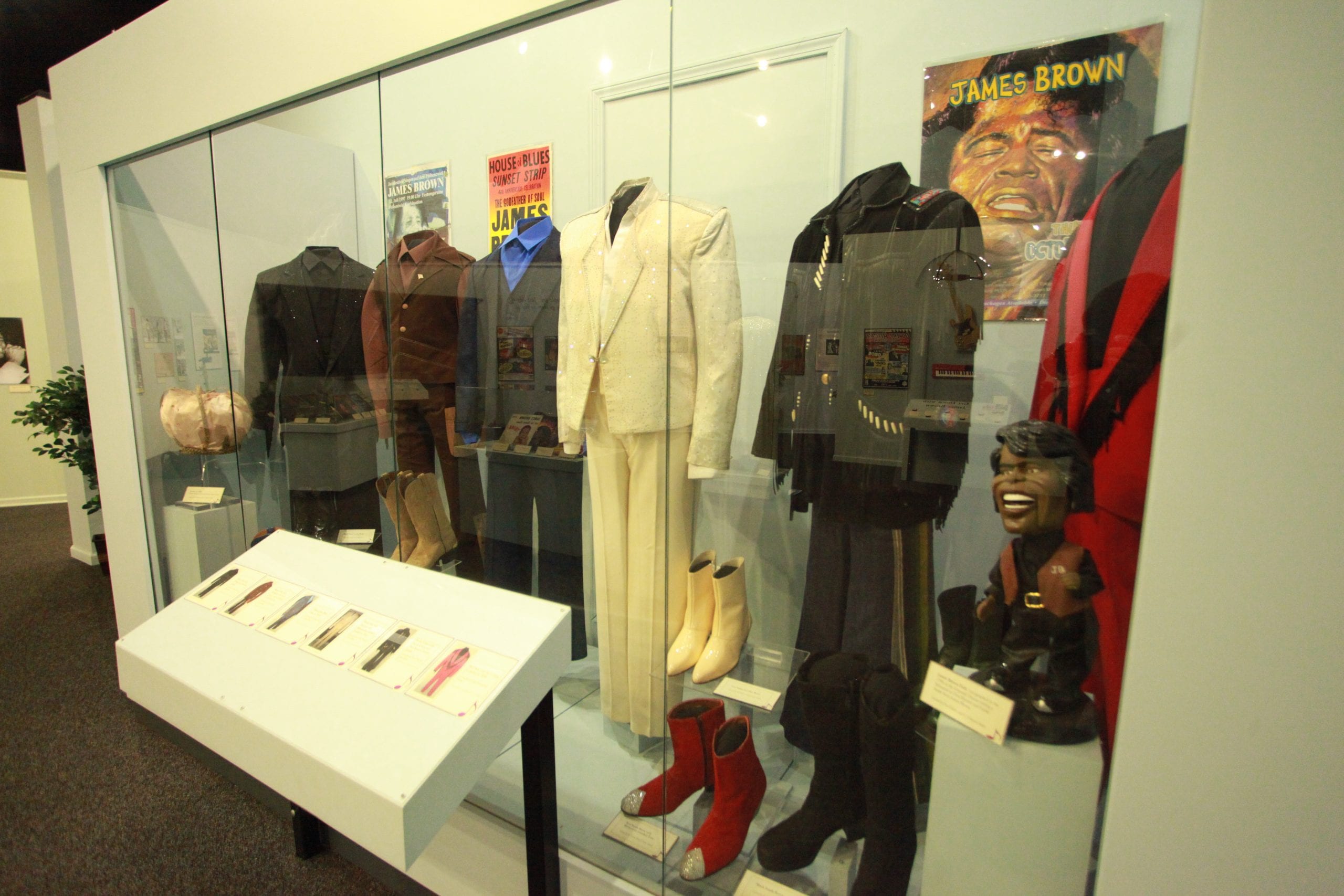
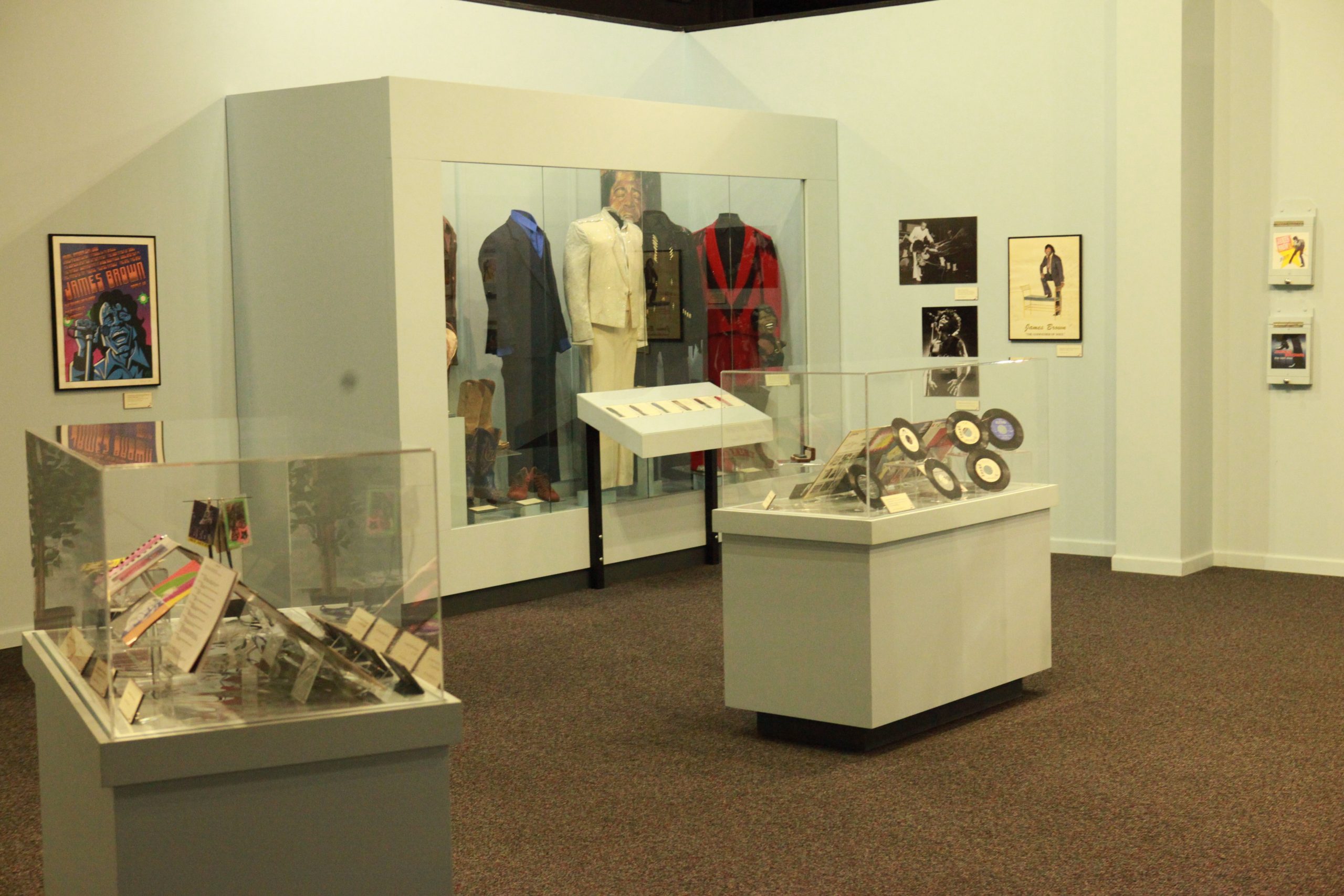
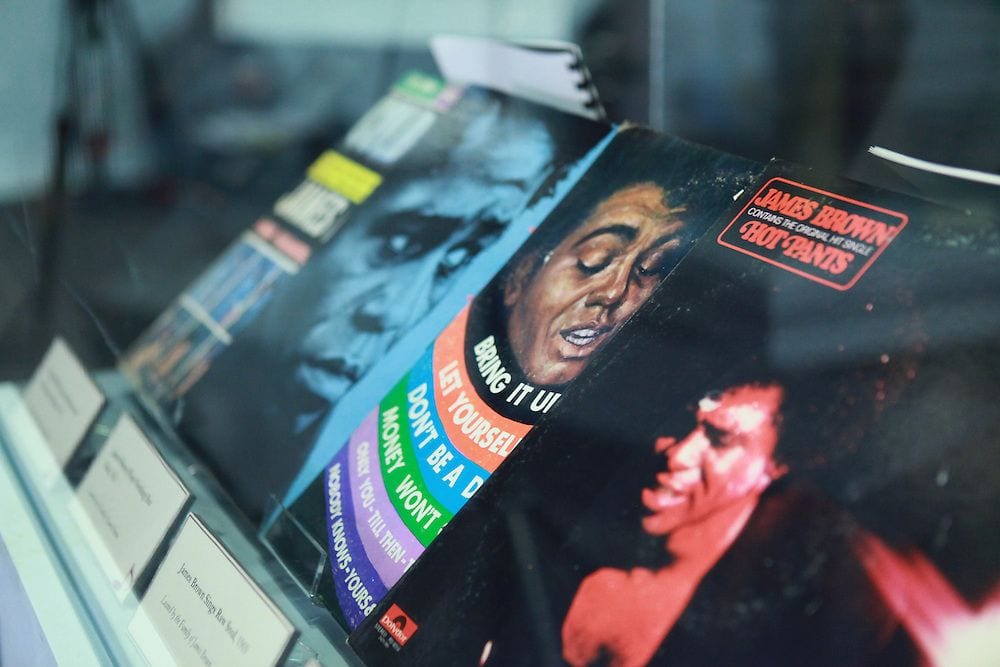



0 Comments